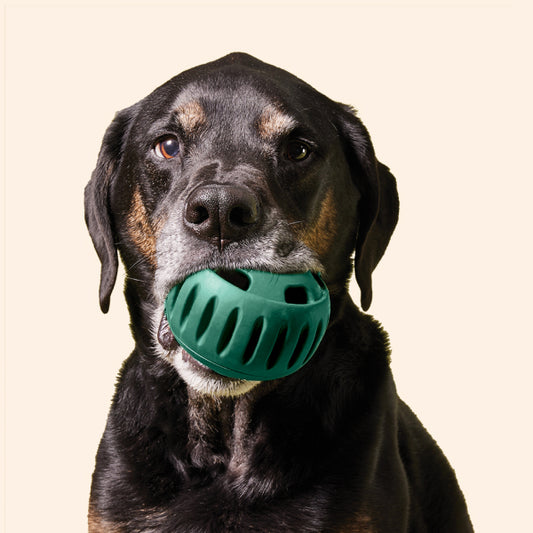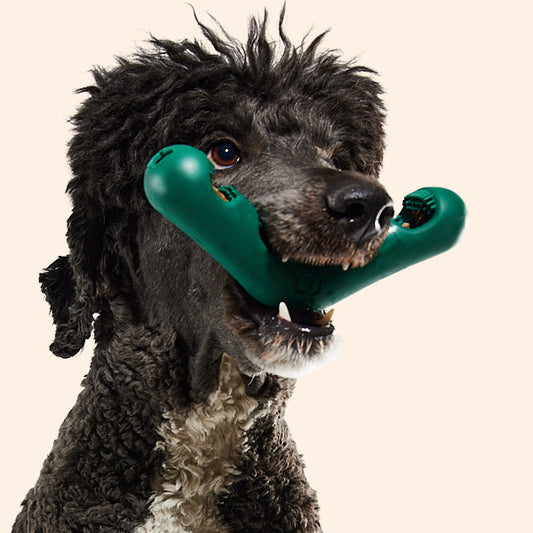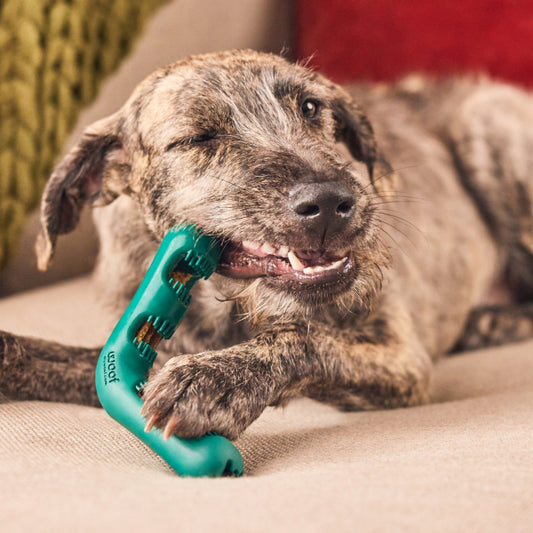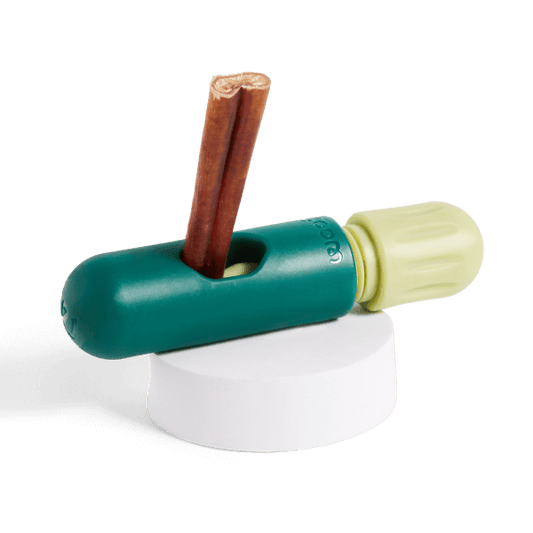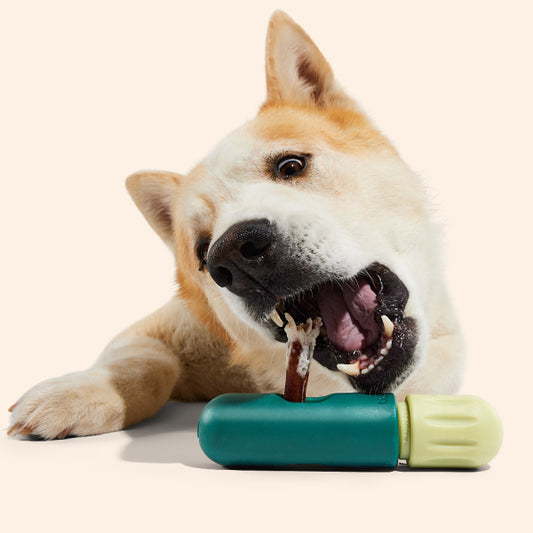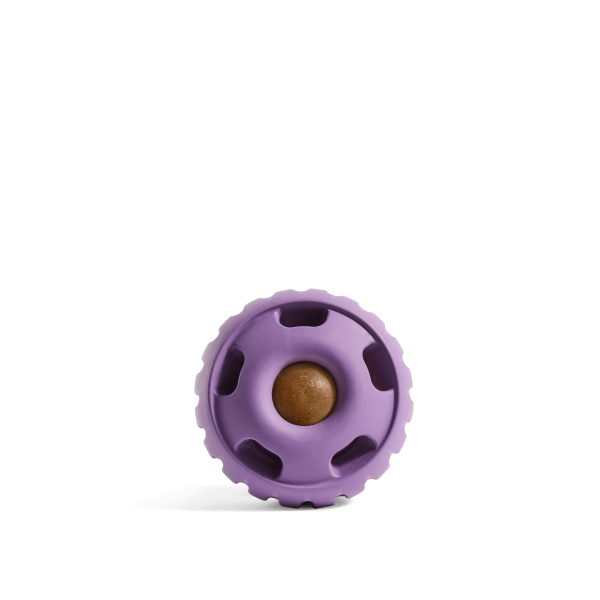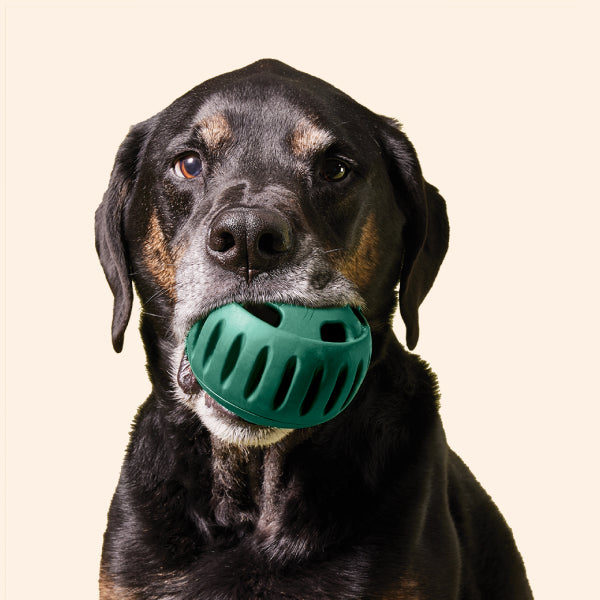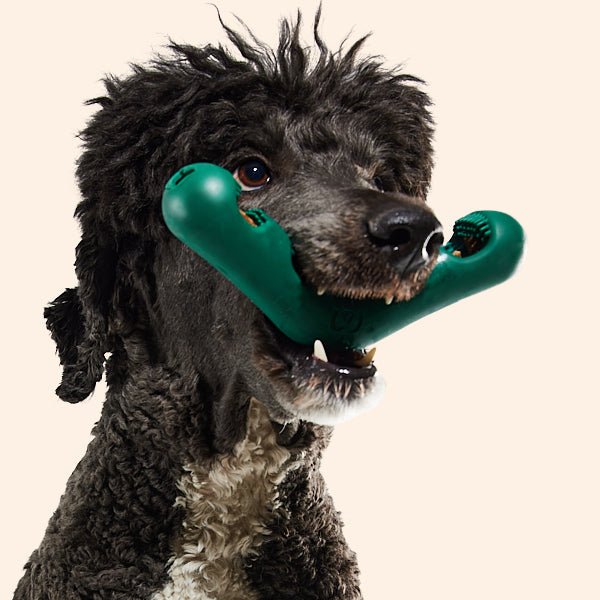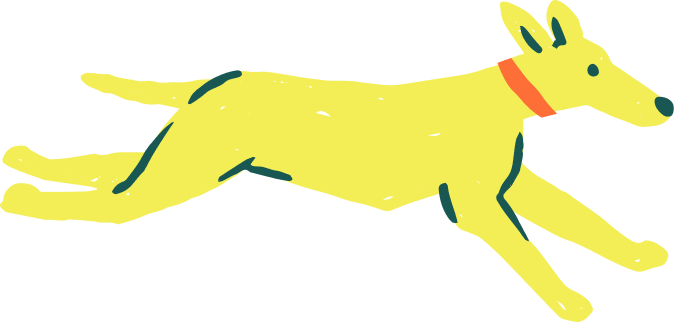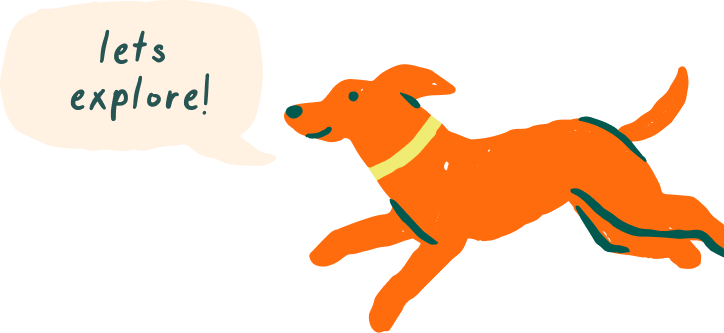
Have you ever watched your dog suddenly bolt after a bird, ears perked and tail wagging, leaving you both amused and puzzled? You're not alone. Many dog owners experience this feathered frenzy, and understanding the 'why' behind it can help in managing this instinctual behavior.
In this article, we'll explore the reasons behind your dog's bird-chasing antics and provide practical tips to address them.
Understanding the Instinct: Why Do Dogs Chase Birds?
At their core, dogs are descendants of wolves, carrying the legacy of hunters in their DNA. The sight of a fluttering bird can trigger their innate prey drive, leading them to chase. This behavior isn't about malice; it's about instinct and the thrill of the chase.
Additionally, the sudden movement of birds can pique a dog's curiosity, making the chase as much about play as it is about predation. It's a natural way for dogs to engage with their environment, combining exercise with mental stimulation.
Is Bird-Chasing Harmful?
While chasing birds might seem like harmless fun, it can pose risks. Dogs might run into dangerous areas, such as roads, or become lost during an enthusiastic pursuit. Moreover, this behavior can be stressful for wildlife and may lead to unintended injuries for both parties involved.
Understanding the potential dangers underscores the importance of managing and redirecting this behavior effectively.
Strategies to Curb the Chase
Managing your dog's bird-chasing tendencies involves a combination of training, environmental management, and providing appropriate outlets for their energy.
1. Training and Commands
Teaching commands like 'leave it' or 'stay' can be invaluable. Start in a controlled environment, rewarding your dog for obeying commands, and gradually introduce more distractions, such as birds at a distance.
Consistency is key. Regular training sessions reinforce desired behaviors and help your dog understand expectations.
2. Leash and Supervised Play
Using a leash during walks in areas abundant with birds ensures control over sudden impulses. For off-leash play, opt for enclosed spaces where wildlife isn't prevalent, allowing your dog to run freely without the temptation of a chase.
Supervised playtime also provides opportunities to reinforce training commands in real-world scenarios.
3. Mental and Physical Stimulation
A well-exercised dog is less likely to seek additional stimulation through chasing. Engage your dog with regular physical activities like fetch or agility training. Mental stimulation is equally important; puzzle toys and training games can keep their minds occupied.
Products like The Pupsicle and Pupsicle Treat Tray offer both mental engagement and a tasty reward, redirecting your dog's energy positively.
Redirecting the Prey Drive
Instead of suppressing your dog's natural instincts, channel them into appropriate activities. Interactive toys that mimic the movement of prey can satisfy their chase desire in a controlled manner.
Consider introducing toys like The Bite n' Brush, which not only entertain but also promote dental health, combining fun with functionality.
Conclusion
Understanding why your dog chases birds is the first step in addressing the behavior. By implementing consistent training, ensuring adequate exercise, and providing engaging alternatives, you can manage your dog's instincts effectively. Remember, patience and positive reinforcement go a long way in nurturing a well-behaved and happy canine companion.





